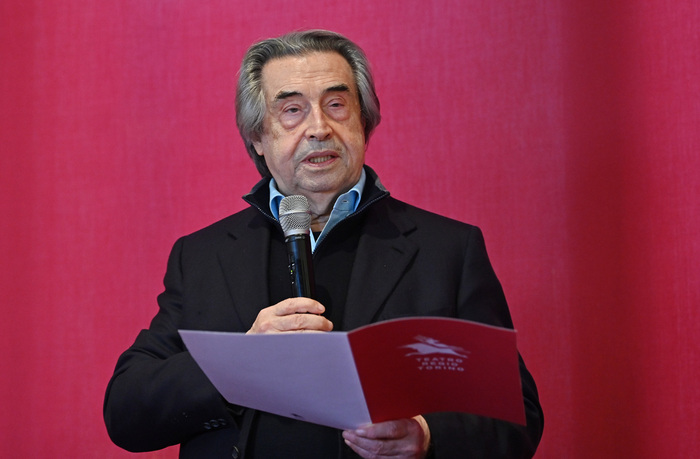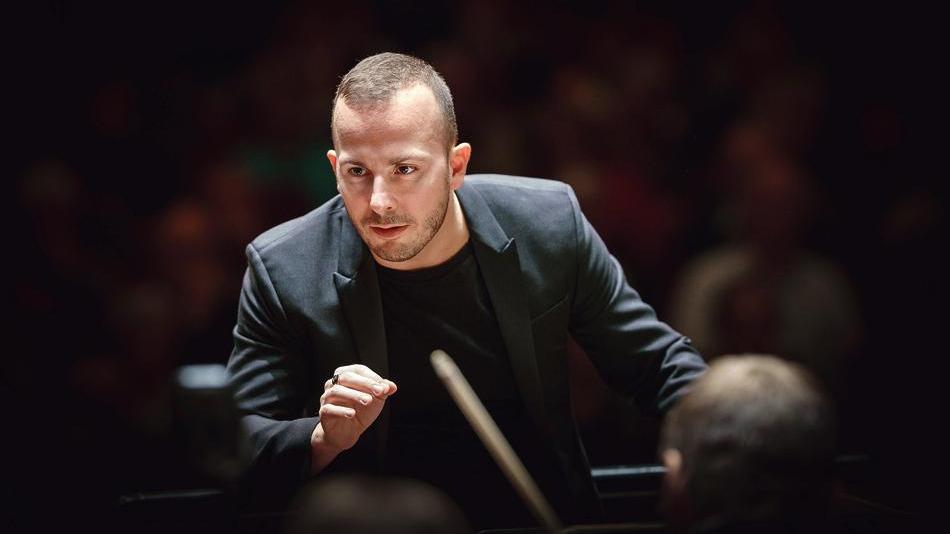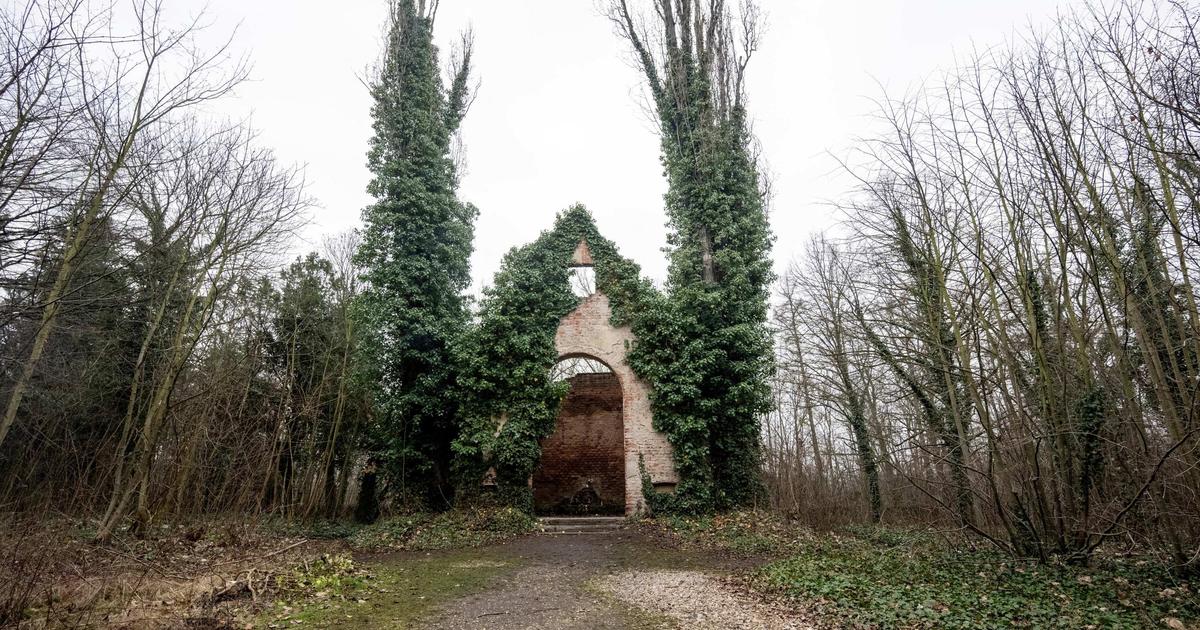Another recording of the last three Mozart symphonies? Riccardo Minasi and the Ensemble Resonanz have the best arguments - they succeed in an astonishing reference recording.
Hamburg / Salzburg - There is a place in the finale of the 40th Symphony, when the shop almost flies apart. You can still hear the main theme, but now it's torn apart into peppered chords. As if the music no longer felt like structure and meter and all the symphonic stuff in general. The Ensemble Resonanz plays this passage so lustfully disoriented - to cheerfully sweep over it a few minutes later: Ätsch, was not meant that way.
This is just a splinter from a new recording of the last three Mozart symphonies, but it represents many things. Nobody, you think at first, needs a further recording of these hits. But after enjoying the two CDs, one thing swings: There may be no better recording. The rumble from the 40th is even known. Nikolaus Harnoncourt used to irritate his listeners in a similar way. Riccardo Minasi drives this with the Ensemble Resonanz further into high-energy - and proves to be a real, impetuous, only a little naughty grandson of the grand master.
The fast sentences run hot
The Roman violinist and violinist is practically active in Munich's neighborhood. Minasi has been the head of the Salzburg Mozarteum Orchestra for two years and is soaring high. As an "Artist in Residence" at the Hamburg Ensemble Resonanz, something similar, wilderness is happening. This was documented on CDs with works by Carl Philipp Emanuel Bach, with Haydn's "Seven Last Words" and now with the Mozart Symphonies.
Not only does the fast sentences run hot without the ensemble getting resonance out of the curve: Minasi always incorporates sound disturbances. Small dynamic moderations to start again or to build up a new phrase. And like minimal speed drops that signal two things. First, there is no certainty in these works. Secondly, none of the pieces is a firmly tied event, tied up in meter and expected volume ratios, but: it lives. And all of this as a cheeky, stubborn, fiddly creature.
An orchestra like a predator
Minasi, born in 1978, and the Ensemble Resonanz, however, do not burn fireworks. They don't feel obliged to the effect (just like another, very popular conductor), but to the sound of a Harnoncourt, this constant musical, controversial discourse. One is listening to the three symphonies so precisely because you never know exactly which sound argument will be thrown into the debate next. And all of this is not limited to stubbornness: there are - not only - wonderfully soft developments in the slow movements, elegance and flexibility. And you can also hear how strongly the trios of minuets are rooted in folklore, how everything is due to coarse dance floor rhythms.
The rapid corner movements of the symphonies nevertheless leave the strongest impression. The Allegro from number 39 is pure rock. Where others make the famous head movement of number 40 vibrate, the orchestra roars and rages like a predator between cage bars. And the end of number 40, especially the joint construction of number 41 overheat to the piston eater. This recording is the best contribution to the Beethoven year so far - because it proves that the real revolutionary of Viennese classicism does not come from Bonn, but from Salzburg.
Mozart:
"The last three Symphonies". Ensemble Resonanz, Riccardo Minasi (harmonia mundi).


/cloudfront-eu-central-1.images.arcpublishing.com/prisa/XWGQ7OKMRBDIZHWIQPOHFW54FM.jpg)






